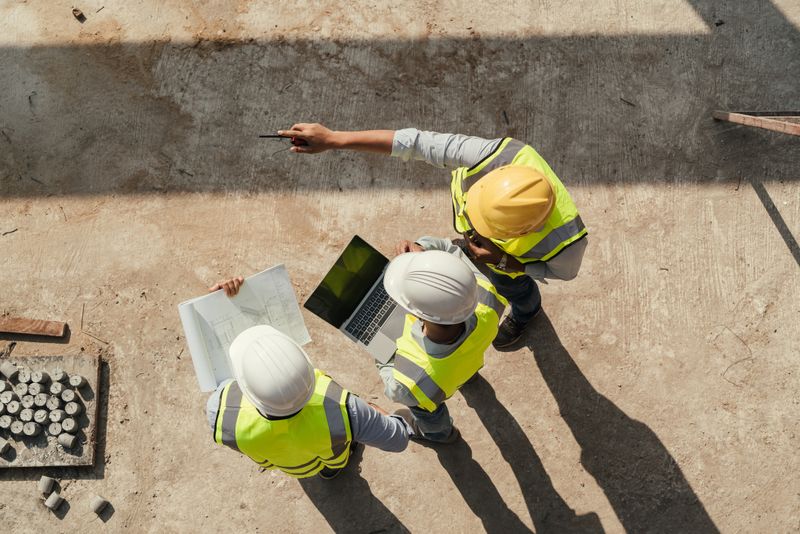Assessment and Remediation

Whether the property you had your eye on was a former gas station or there was a dry cleaners next door, the next step to take is the collection of samples. It’s possible to collect soil and groundwater samples from shallow and deep aquifers alike, and to determine if indoor air may be affected. This is an area where the work product you choose must be customized to fit your needs. There are many areas where poor assumptions or incomplete ideas may add additional work or delays to your project.
As a matter of principal, at ReDevelopInc., the least expensive and the least intrusive methods of assessment is selected first. If needed, the scope of the project can be expanded, but will only be selected after other options have been ruled out. The services provided by ReDevelopInc. include soil borings and monitoring well installation, the collection of soil, groundwater, and air samples from the environment, and the implementation of corrective action.
The remediation of a project may include one or several options, including the removal of impacted soil or groundwater to a treatment facility, the injection of extraction of soil vapor, and biological and chemical treatment of impacted subsurface materials. The technology of remediation has advanced far in recent years, and impacts from petroleum and other chemicals are faster and cheaper than ever before.
I’ve spent a lot of time looking at older gas stations and other sources of chemicals, in many different geological settings. While some simple math can tell you which direction groundwater may be flowing, more complicated cleanups require more sophisticated tools. For water providers it’s important to know your geologic setting and where your water comes from. You may need to developed a well-head protection area, and have a reasonable idea of how long it takes water to get into your water supply. As a user or producer of chemicals, you may need to figure out where groundwater at your facility is going, and how quickly it may get there.
It’s one thing to know that water isn’t flowing uphill. Figuring out where it does flow is a much greater challenge.
